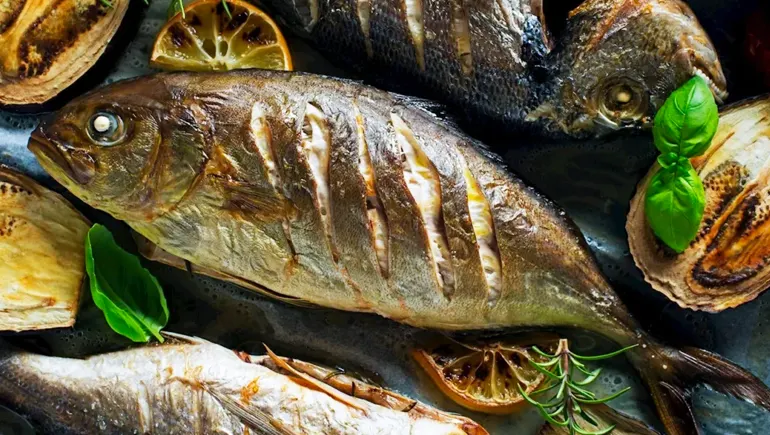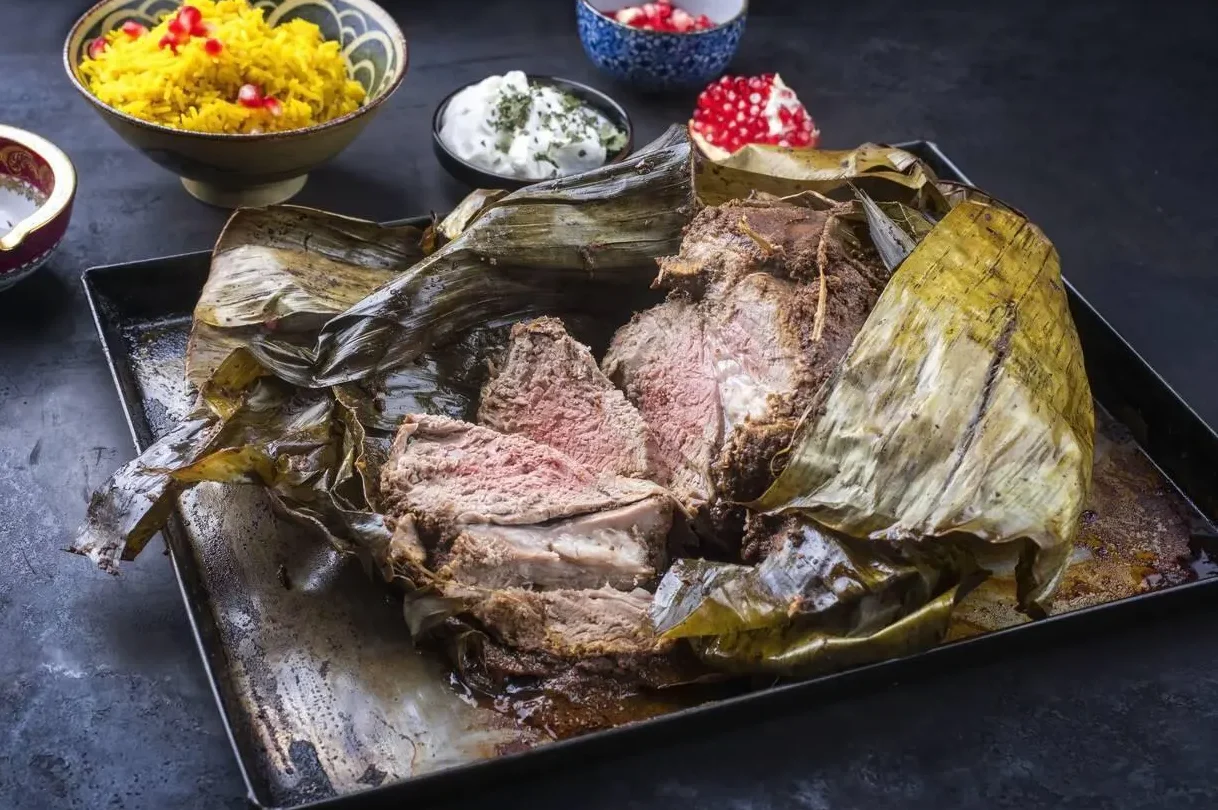Seafood in Oman is not just a cuisine, but a cultural tradition passed down through generations. Surrounded by over 3,000 kilometers of pristine coastline, Oman has long relied on the sea for sustenance, trade, and culinary identity. From Muscat to Salalah, seafood is the centerpiece of daily meals, festivals, and even royal banquets.
This article explores how seafood in Oman has become the soul of coastal Omani food, highlighting its history, nutritional value, unique flavors, and economic importance. Whether you are a tourist, a chef, or just a lover of seafood, the Omani coast offers a seafood experience that is both traditional and extraordinary.
1. Historical Roots Anchored in the Arabian Sea

Seafood in Oman dates back thousands of years. Fishermen along the Omani coast have practiced sustainable fishing techniques long before the concept became global. Coastal towns like Sur, Sohar, and Duqm became trade hubs because of their rich marine harvests.
Dried fish, salted tuna, and smoked sardines were some of the earliest seafood items traded across the Indian Ocean and East Africa. Fishing methods, passed from father to son, are still practiced today using small wooden boats known as dhows.
2. Seafood Shapes the National Identity
Unlike many countries where seafood is a luxury, in Oman, it is a daily staple. Fish is eaten more frequently than red meat, especially in coastal cities. Traditional Omani dishes like Mashuai (grilled kingfish served with rice and lemon sauce) and Maqbous Samak (spiced fish rice) are found in most homes and restaurants.
Seafood in Oman also plays a key role in festivals like Eid and weddings. Guests are served lavish seafood platters featuring prawns, lobsters, and cuttlefish—symbolizing generosity and coastal heritage.
3. Rich Marine Biodiversity Offers Wide Variety
Oman’s waters are among the richest in the region. The Arabian Sea and the Gulf of Oman host over 180 species of fish, crustaceans, and mollusks. Popular catches include:
- Kingfish (Kanaad)
- Tuna (Samak)
- Mackerel (Qabqab)
- Squid (Habhab)
- Shrimp (Rubyan)
- Lobsters (Estakoza)
This wide variety makes seafood in Oman a dream for both chefs and consumers. Each region has its own specialty, from grilled sardines in Salalah to spicy squid in Musandam.
4. Health Benefits Loved by Locals and Expats
Seafood in Oman is not only delicious but extremely healthy. Omani families prefer fish for its high protein, low fat, and rich omega-3 content. Locally caught fish are free of antibiotics and harmful chemicals, offering a pure and fresh alternative to imported meat.
Nutritionists often recommend Omani fish as a natural way to maintain heart health, reduce cholesterol, and boost brain function. In fact, seafood plays a key role in Oman’s growing wellness movement, especially among the youth and fitness communities.
5. The Rise of Seafood Tourism in Oman
Tourism has played a crucial role in promoting seafood in Oman. Coastal restaurants in Muscat, Sur, and Salalah now offer seafood tasting menus, cooking classes, and sea-to-table experiences. Many resorts even let guests join fishermen at dawn to catch their own dinner.
International chefs have started recognizing the culinary potential of Omani seafood. From high-end restaurants to street-side stalls, the nation is fast becoming a seafood tourism hotspot in the Gulf region.
6. Sustainable Practices Set a Regional Example
Seafood in Oman benefits from strict marine conservation laws. The Ministry of Agriculture and Fisheries ensures sustainable fishing seasons, bans overfished species, and promotes aquaculture. This has helped maintain marine biodiversity while supporting local fishermen.
Coastal communities are actively involved in coral reef protection and fish stock monitoring. These efforts have made Oman a regional leader in sustainable seafood practices.
7. Economic Backbone for Thousands of Families

Fishing is the second-largest non-oil sector in Oman. Over 50,000 Omanis are directly or indirectly employed in the seafood industry. This includes fishermen, vendors, exporters, and seafood processors.
Seafood exports contribute significantly to Oman’s GDP, with key markets in the UAE, China, and Europe. The government’s Vision 2040 plan even identifies seafood as a strategic sector for economic diversification.
With rising demand and government support, seafood in Oman is set to become a global brand. Infrastructure projects like modern fish markets and cold chain logistics are already being developed to support this vision.
Conclusion: A National Treasure Served on a Plate
Seafood in Oman is more than just food—it’s a living tradition, a source of income, a health solution, and a cultural identity. As Oman balances modern development with environmental responsibility, its seafood legacy continues to grow stronger.
Whether enjoyed grilled, curried, or dried, every bite tells a story of the sea, the people, and the land. If you ever visit Oman, don’t leave without tasting the ocean’s freshest offerings. It’s not just a meal—it’s a journey into the heart of coastal Omani food.
Also Read – 7 Powerful Ways Oman Food Nourishment Unites Families



